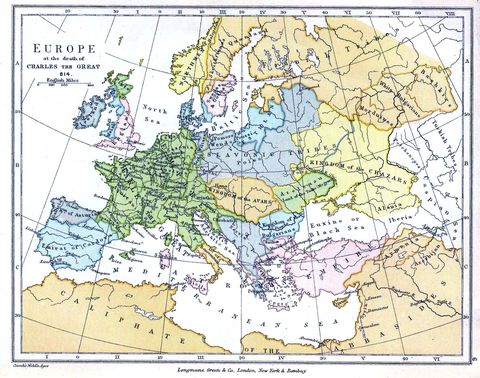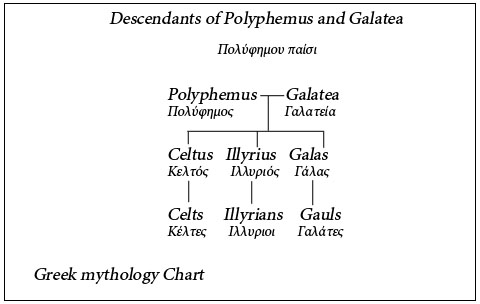Milan
Regular Member
- Messages
- 353
- Reaction score
- 61
- Points
- 0
Wends (Old English: Winedas, Old Norse: Vindr, German: Wenden, Winden, Danish: vendere, Swedish: vender, Polish: Wendowie) is a historical name for Slavs living near Germanic settlement areas. It does not refer to a homogeneous people, but to various peoples, tribes or groups depending on where and when it is used.Wends terminology was first used ~700AD in reference to the Veleti tribe of modern Mecklenburg-Vorpommern, ......and, was not sclavenes older or young than the year 700AD ??
The Veleti (German: Wieleten; Polish: Wieleci) or Wilzi(ans) (also Wiltzes; German: Wilzen) were a group of medieval Lechites tribes within the territory of modern northeastern Germany; see Polabian Slavs. In common with other Slavic groups between the Elbe and Oder Rivers, they were often described by Germanic sources as Wends.
Where are you getting these fantasy stories from?
In the Middle Ages the term "Wends" often referred to Western Slavs living within the Holy Roman Empire, though not always. Mieszko I, the first historical ruler of Poland, also appeared as "Dagome, King of the Wends" (Old Norse: Vindakonungr). The name has possibly survived in Finnic languages (Finnish: Venäjä, Estonian: Vene, Karelian: Veneä) denoting Russia.
You can read Chronicle of Fredegar from 7th century or go in the Making of the Slavs you can find all references to them
https://en.wikipedia.org/wiki/Chronicle_of_Fredegar
This are not fantasies as i do not write history myself but historicaly written sources and when did the ethnonym Slav appear prior or later?
Do you have any evidence of the ethnonym Slav prior than this being used there? if you have please send me.







